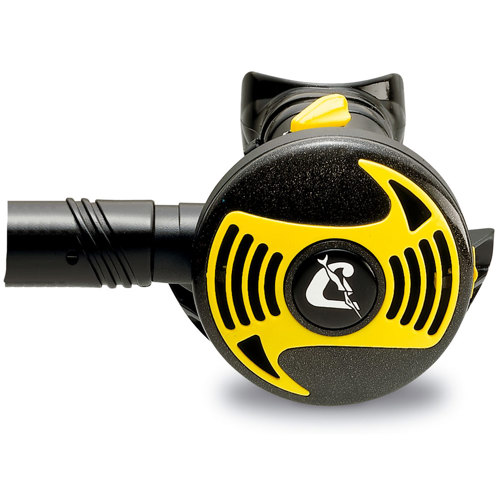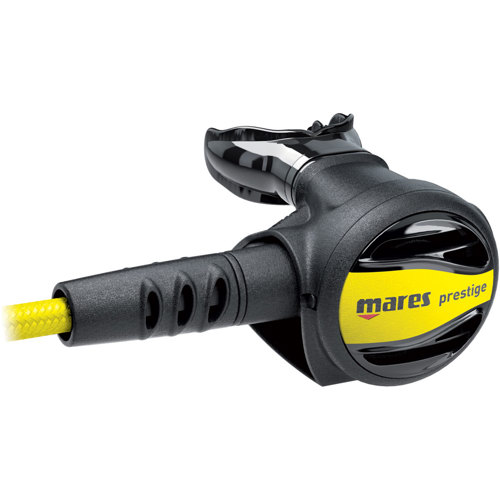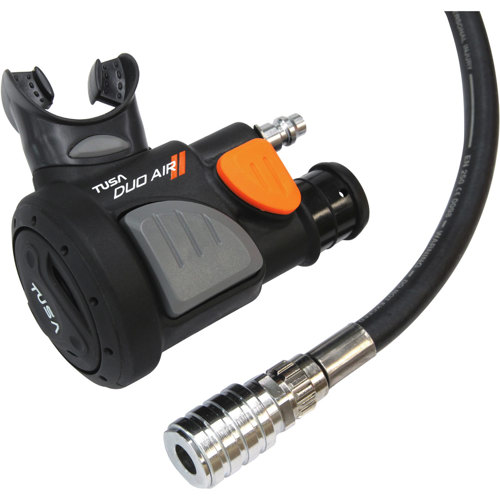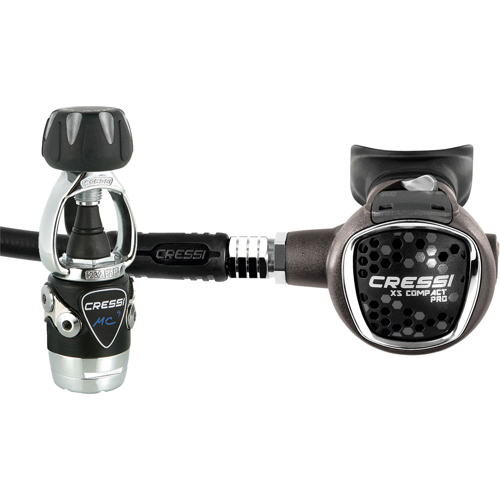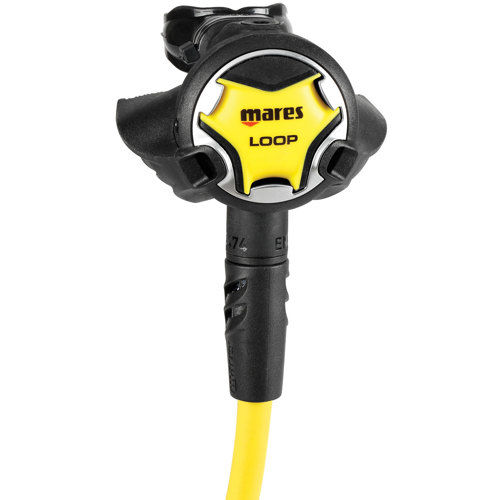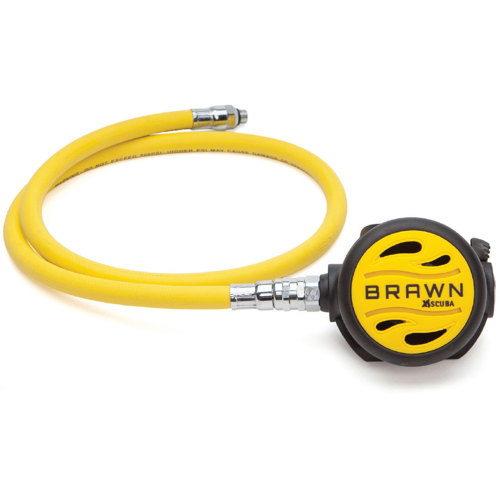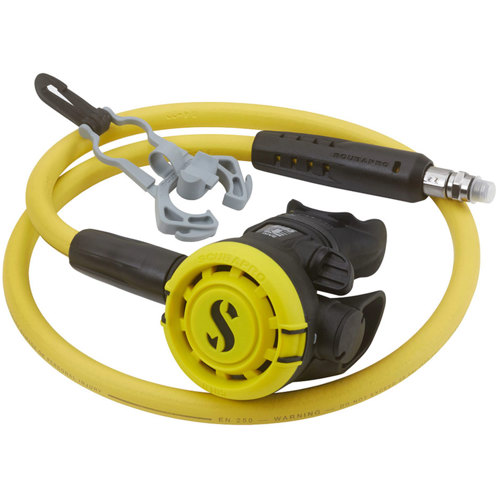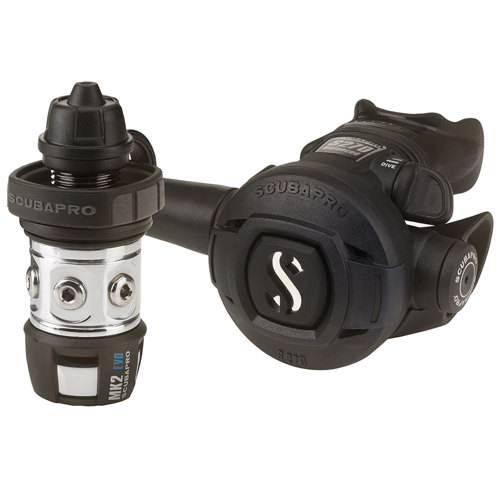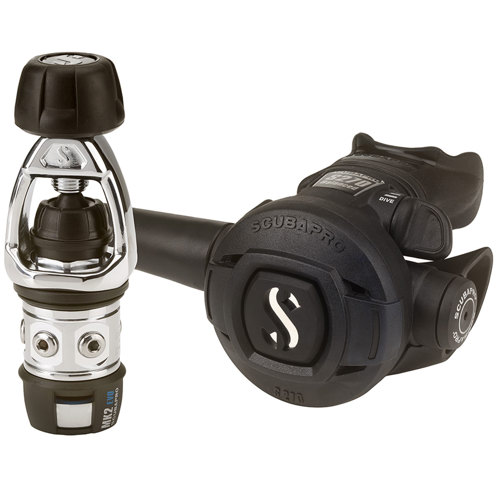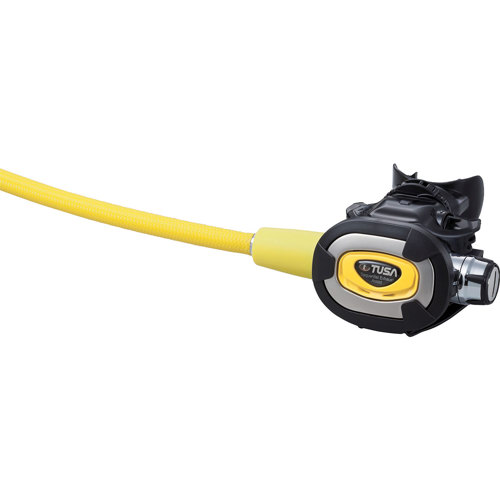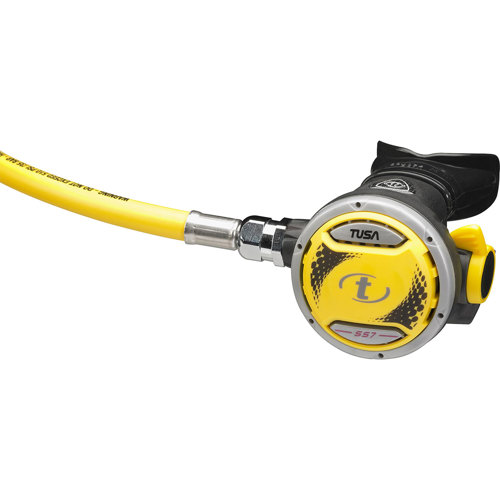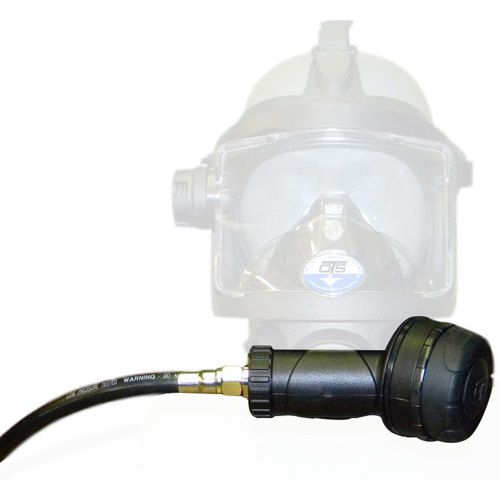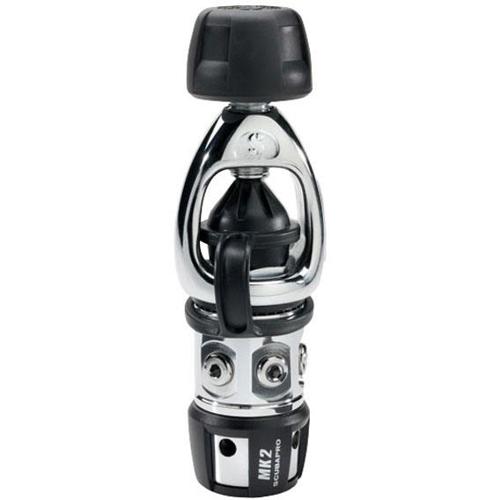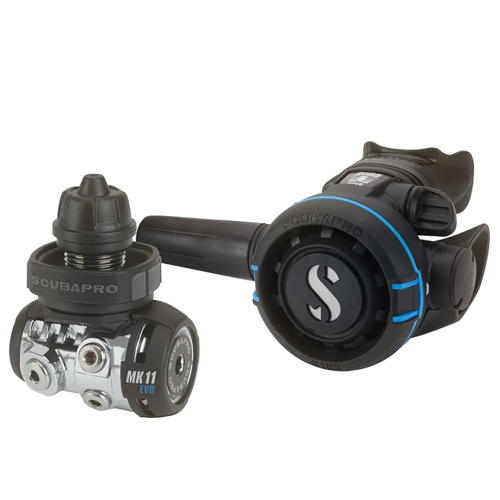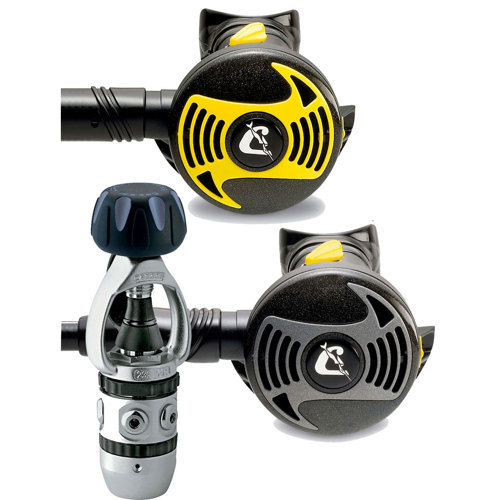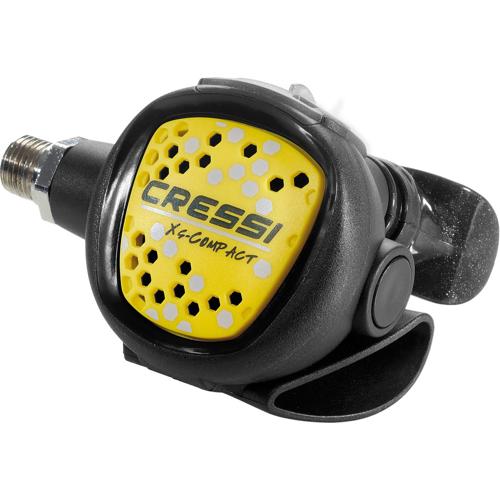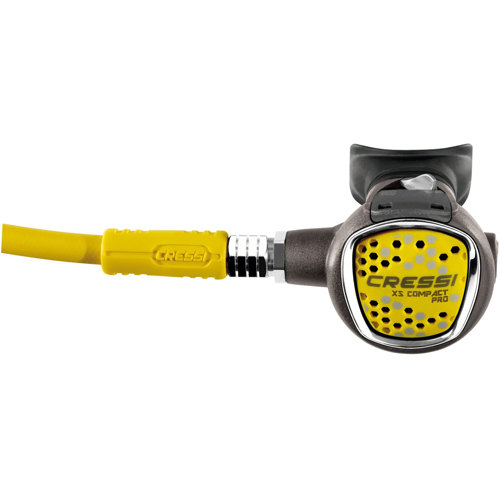Downstream Valve Designs
In the world of scuba diving and underwater exploration, the reliability and performance of your gear are paramount, especially when it comes to breathing apparatuses that rely on advanced downstream valve designs. Downstream valves play a critical role in regulating air delivery, ensuring that divers receive a consistent and safe flow of breathable gas regardless of depth or tank pressure fluctuations. These valves are engineered to maintain the desired downstream pressure after air passes through a primary control point, which is essential not only for comfort but also for safety beneath the surface. Whether you’re a seasoned diver exploring vibrant coral reefs in the height of summer or a newcomer taking your first breaths underwater, the choice of a downstream valve-equipped regulator can make all the difference in your experience. The summer months, with their warm waters and increased visibility, often draw more divers to the ocean, making it even more important to have gear that performs reliably under increased usage and variable environmental conditions.
For those considering a new regulator or looking to upgrade their existing system, there are several factors to weigh when evaluating downstream valve designs. The pressure range that the valve can handle is crucial, as it must accommodate the full spectrum of depths and tank pressures encountered during typical recreational or professional dives. Flow rate is another key consideration, ensuring that the valve can deliver enough air to match your breathing rate, even during exertion or deeper dives. Material compatibility is important as well; high-quality downstream valves are crafted from corrosion-resistant metals or specialized polymers to withstand the harsh, salty marine environment and the wide temperature swings that can occur from surface to depth. Maintenance is another aspect that cannot be overlooked—downstream valves are often designed for easy servicing, minimizing downtime and ensuring your equipment is always ready for your next adventure. Many divers appreciate that downstream valve regulators are engineered to fail-safe; in the unlikely event of a malfunction, these valves will default to a free-flow of air rather than shutting off, providing a vital margin of safety. This thoughtful design makes them a popular choice not only for individual divers but also as a practical and thoughtful gift for diving enthusiasts, instructors, or anyone embarking on a certification course.
Beyond scuba diving, downstream valve designs find applications in a variety of water sports and industrial settings, from controlling water pressure in distribution systems to regulating air flow in HVAC and process control environments. However, their role in underwater breathing systems is particularly noteworthy due to the unique demands of the marine environment. For divers seeking an even more refined and consistent breathing experience, balanced valve options are available, which utilize a balancing piston or diaphragm to further stabilize outlet pressure regardless of changes in tank supply. If you’re interested in exploring these advanced configurations, you can learn more about their benefits and applications by visiting our dedicated page on
Balanced Downstream Valves. Whether you’re outfitting yourself for a summer of exploration, searching for the perfect gift for a fellow diver, or simply upgrading your equipment for peace of mind, understanding the nuances of downstream valve designs will help you make an informed choice that enhances every dive and ensures safety with every breath.
Top Picks For Downstream Valve Designs

